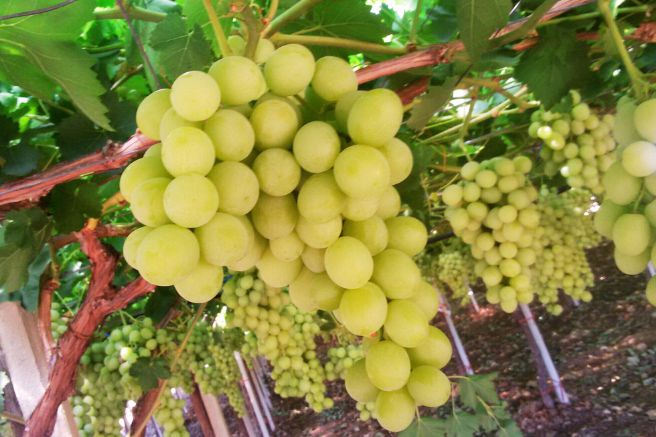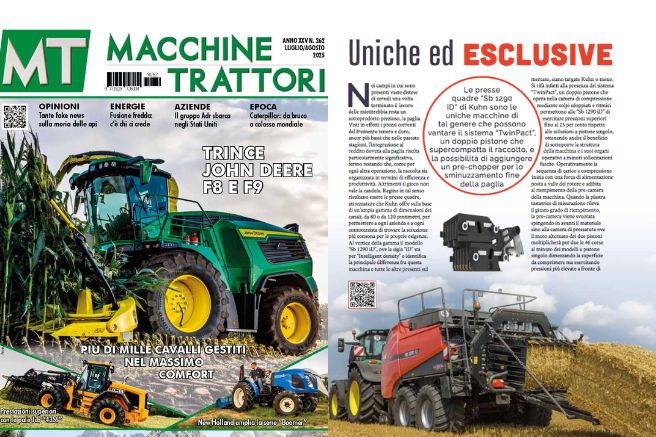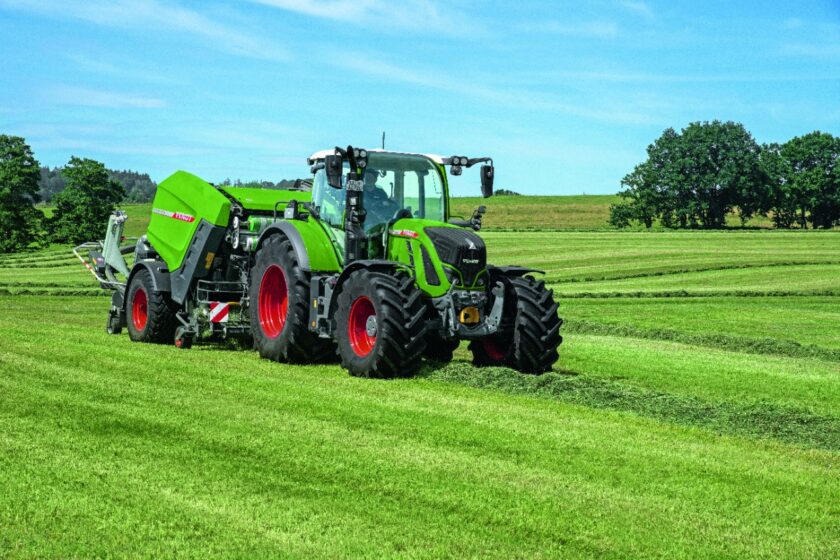
On November 11, 1918, in a train carriage stopped in the French forest of Compiègne, the armistice that ended World War I was signed. Over four years of battle then gave way to a slow reconstruction process that impacted a European continent exhausted and worn out by a bloody conflict that had caused millions of deaths. An entire generation of young people was almost completely lost, which dramatically resulted in a labor shortage that agriculture had to address with a significant increase in the demand for machinery. It was in this socio-economic context that in 1918 Josef Hackl and Albert Löffler founded the Bayerischen Eggenfabrik in Feucht, near Nuremberg in southern Germany, dedicated to the production of agricultural equipment.
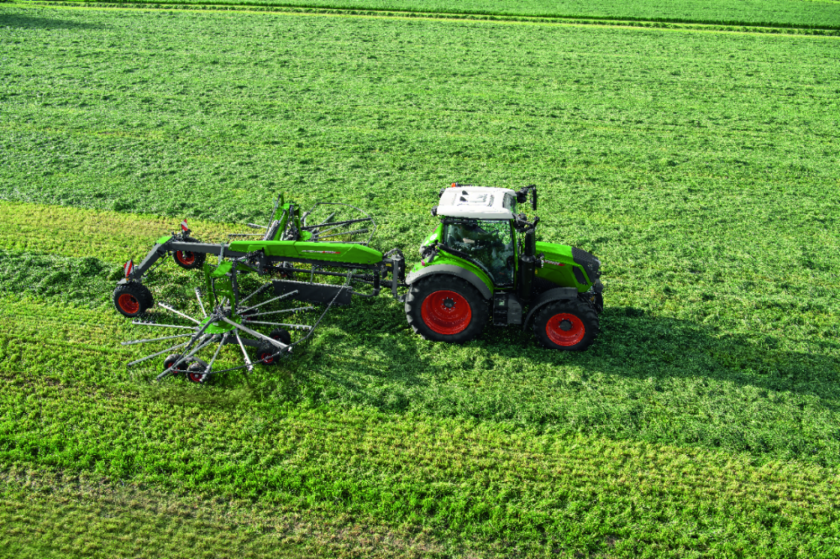
Over the decades, this company evolved and specialized since 1980 in the design and development of hay-making machines, which over time made the facility a true center of technological excellence. It was no coincidence that in 2011 Agco looked towards Feucht to extend its own range of hay-making equipment, now distributed under the Fendt brand, resulting in an acquisition that not only represented an investment but marked another evolutionary step for the Bavarian complex, aiming to make it an engineering and production reference in the sector. Fendt mowers, tedders, and rakes are indeed sold today in over 120 countries, thanks to an investment program aimed at expanding and modernizing the facilities to increase and optimize production capacity.
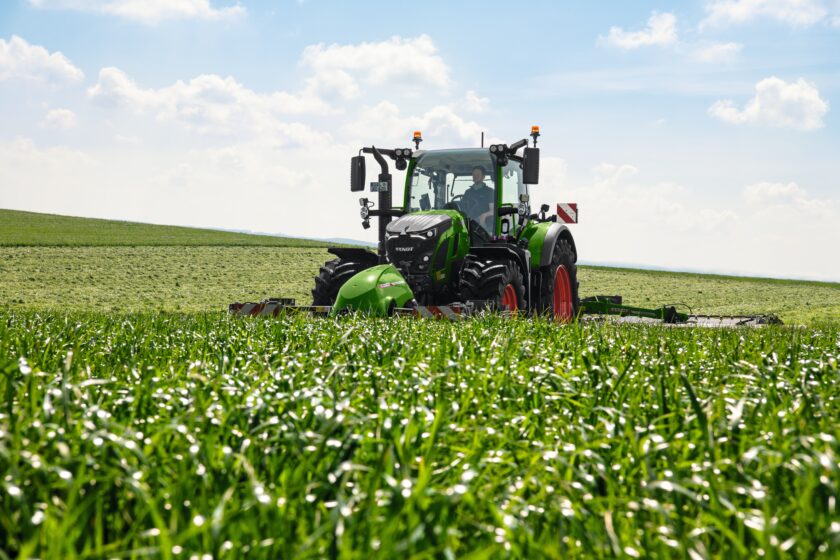
This path began in 2018 with the construction of a new 18,000 square meter building, 12,000 of which were dedicated to hosting assembly lines, and continued the following year with a twenty million euro investment for the optimization of assembly, painting, and logistics processes. Highlights of the production process include the homogenization of joints through robotic welding, while the painting saw improved adhesion with a special primer and increased resistance to ultraviolet rays. Logistically, the new shipping center, which started operating last year, should be noted for ensuring more efficient delivery standards. This 360-degree evolution has accompanied the simultaneous development of new product lines, the most current of which are represented by the “Slicer 960/1010” series combined mowers and the “Former C” series rakes. These tools are given specific focus in these pages, alongside other Fendt hay-making machines and the recent “600 Vario” series tractors, which, due to their performance and structure, are ideal for forage operation cycles.
Fendt haymaking range, combined effect
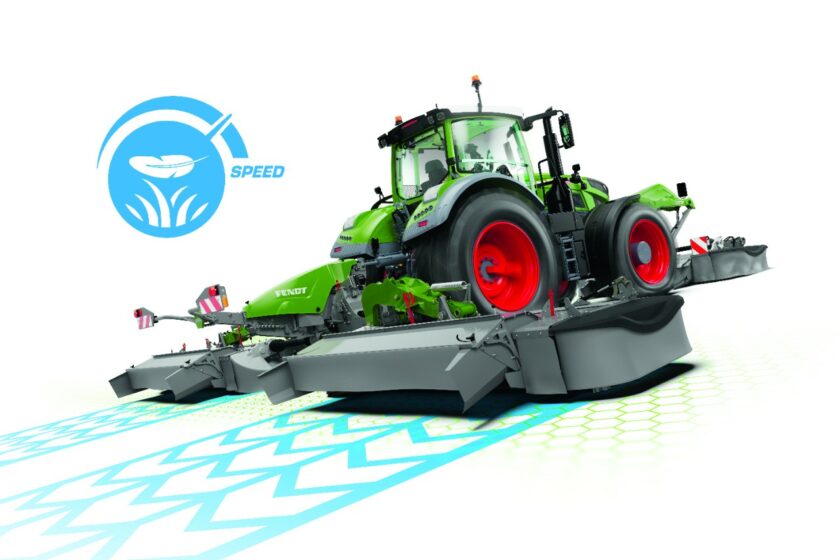
Targeted particularly at large farms and contract operators, the new “Slicer 960/1010” series combined mowers come in 12 different models that aim to ensure the operational performance necessary to maintain both quantity and quality of the mowed product during the increasingly brief harvest windows induced by unstable weather conditions. This is regardless of operational widths, ranging from 9.3 to 9.6 meters for the “Slicer 960” and from 9.8 to 10.1 meters for the “Slicer 1010”, and the chosen version among the three listed. The basic model offers all the typical technical features of Fendt mowers with the option of choosing between flail or roller conditioning. The second version, called “Pro”, allows for the automation of specific operational functions through the Isobus protocol to simplify and speed up mowing activities, while the third version, called “B”, combines basic features and Isobus-manageable automation with integrated conveyor belts featuring the “BeMove” lateral displacement system, which allows for continuous adjustment of swath width and conveyor belt speed, creating product widths on the ground ranging from 1.6 to 3 meters. Common to the entire “Slicer 960/1010” series is the presence of “Streamline” cutting bars operating based on cylindrical gear transmissions and large discs, which together ensure the highest operational standards in any working condition. This is also aided by the high sliding properties of the equipment structure on the field, allowing the mowers to consistently operate at the correct cutting height, between 5 and 7 centimeters, regardless of terrain configuration. The equipment’s adaptation to the terrain, as well as the preservation of the turf and minimization of forage contamination risks, is managed by the “TurboLift” system, which allows for setting the desired pressure before cutting and adjusting it at any time during operation. Configured this way, the equipment maximizes crop cycles, making them less costly, a quality also aimed at by the presence of cutting bar elements driven by cylindrical gears operating at either 850 or 1,000 RPM. The first speed allows for using the “Eco” mode when cutting regrowth forages of lesser consistency, while the second is more oriented towards handling denser vegetative masses. To ensure consistent cutting quality, the mower discs receive rotational motion from large transmission pinions arranged in a row, a solution that applies force directly to the first cutting disc, whose ground and tempered gears then transmit it to the next disc using an overlap of three and a half contact points.
Fendt haymaking range: clean and Homogeneous Windrows
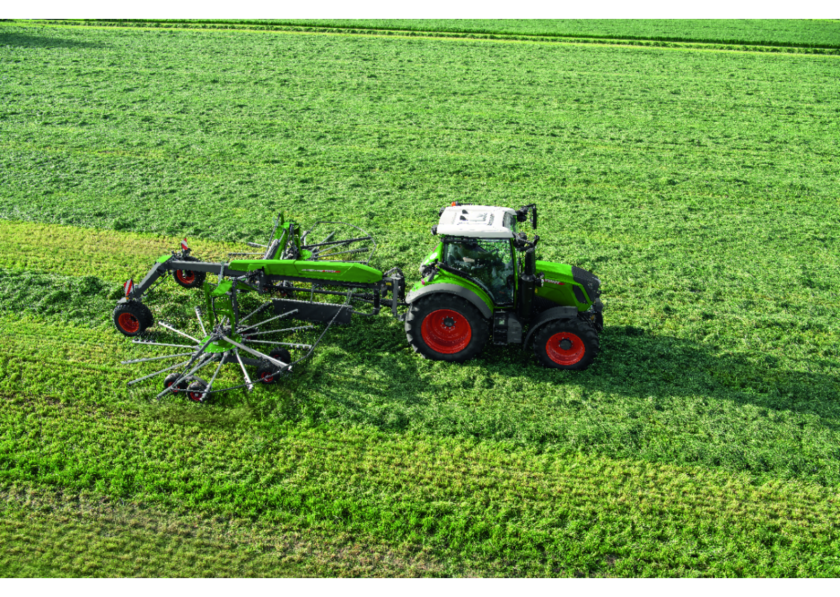
A new model of rake from the “Former C” series is the 25,000th machine produced at the Bavarian Feucht plant. Characterized by high working speeds, the new “Former C” offers six models with working widths ranging from 6.9 to 10 meters, creating clean and regular central windrows, ideal for subsequent collection, whether using round balers or large square balers, self-propelled forage harvesters, or forage wagons. Managed through Isobus protocols, the two rotors of the “Former C” can rely on a robust double oscillating arm and the patented “SteerGuard” steering system, which facilitates handling even on uneven or sloped fields.
Self-sufficient
In the hay-making segment, another new offering from the German Greens is the expanded functionality and comfort options for all models of “Rotana” round balers, both fixed and variable chamber. Among the new features are a faster rear gate that increases productivity by two to four bales per hour, individually selectable “Auto Profi” functions, and optional wear kits for the pressing chamber.
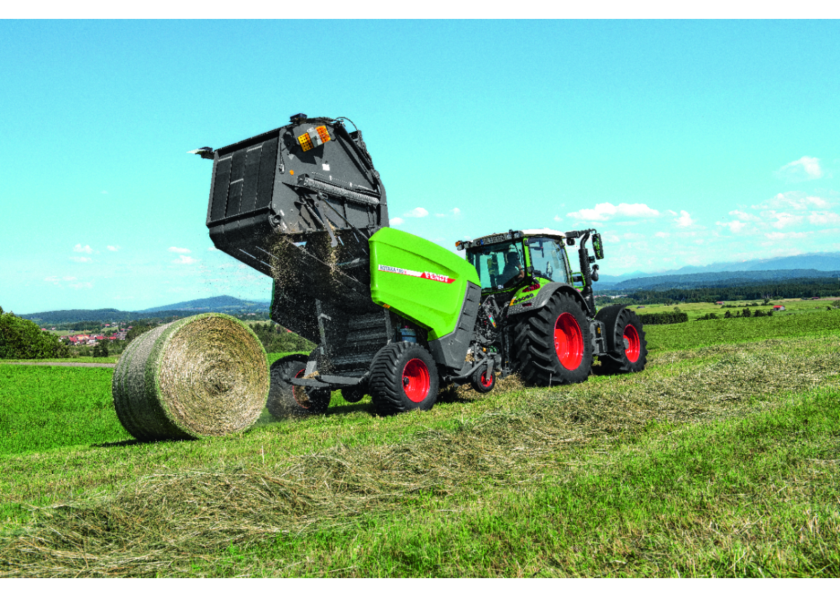
All the most requested options are available on all models, with or without a cutting rotor, and the final desired bale density is more accurately controlled, followed by reliable net wrapping that covers the bales to the edge. Maintenance is also made easy with fully openable side panels offering maximum accessibility to inspection points. Additionally, a lubrication pump with a grease tank automatically supplies the baler bearings, allowing it to operate for several days without needing refills. Operator comfort has also been improved. The baler operates through “Tim” (Tractor Implement Management) systems, which automatically stop the tractor once the bale is complete.
High-end features
The new Fendt “600 Vario” series tractors come with all the features and technologies that have made the German brand famous worldwide. Starting with the now-legendary continuously variable “VarioDrive” transmission that distinguishes Fendt self-propelled machines in higher series, to the digital features that make the machines nearly autonomous in operation and connected in real-time with technical company management. These features include additional technological peculiarities that make the “600 Vario” series exceptionally exclusive, both compared to competitors and within Fendt’s own offerings. First, the Agco Power “Core 50” series four-cylinder engines, with five-liter displacement specifically designed for agricultural use, operate at low speeds, between 800 and 1,900 RPM.
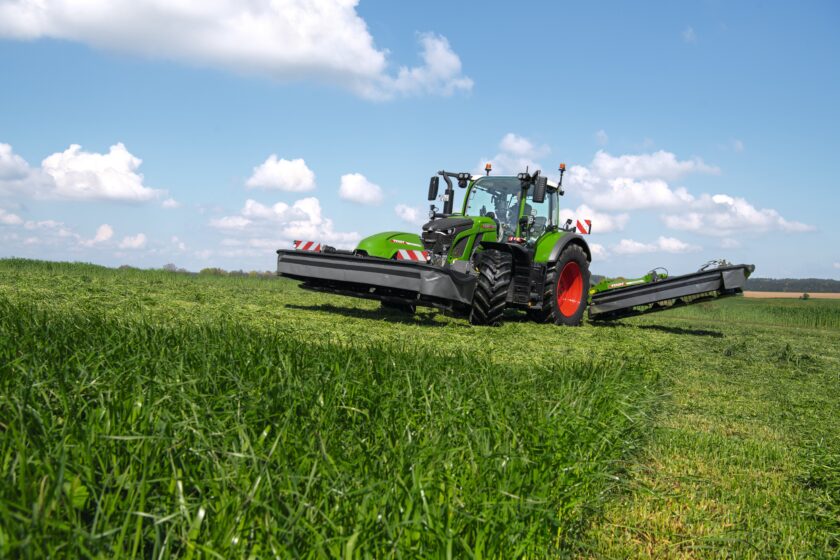
Making their debut on the “600 Vario” series, they are equipped with electronically controlled turbocharging systems, hydraulic tappets, and common rail systems operating at 2,500 bar, which, thanks to specific management software, provide 15 extra horsepower on all models to handle onboard utilities’ power demands, thus preventing these from compromising available work performance. The engines are also paired with a “VarioDrive” transmission operating on axles through dedicated hydraulic motors, activated by a control unit based on tire traction. This effectively creates an intelligent all-wheel-drive system that helps minimize fuel consumption, tire wear, and soil protection, the latter goal also pursued by Fendt through design aimed at reducing tractors’ empty weight without compromising load capacity. Also noteworthy in terms of powertrain is the ability to travel on roads at 50 km/h at only 1,300 RPM and the automatic disengagement of the front hydraulic motor when exceeding 25 km/h, thus enhancing towing capabilities.
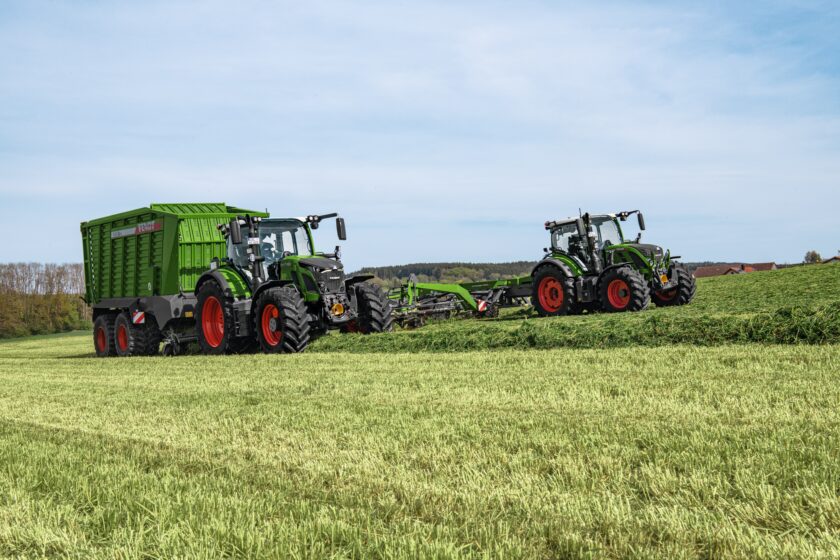
The braking system is an integral dual-circuit type, the front axle is suspended and electronically controlled, the “Fendt Reaction” steering adjusts its responses based on travel speed, and the “VarioGrip” tire inflation/deflation system adjusts pressures to current activities and soil type, contributing to fuel savings that can reach up to eight percent in some situations. The high operational standards of the Fendt “600 Vario” are also supported by load-sensing hydraulics that can provide up to 205 liters of oil per minute, while the possibility of 24/7 tractor use is ensured by the “VisionPlus” cabin, available with two different suspension systems. Standard is the pneumatic suspension with two conical bearings in front, a Panhard rod, and two pneumatic elements in the rear, while optional is a three-point pneumatic suspension, one front, and two rear. Among the highlights are the presence of front and rear cameras to allow direct visual control over implements. The Fendt “600 Vario” will be featured in more detailed coverage in future issues of the magazine.
Title: Fendt haymaking range, experience factor
Translation with ChatGPT






